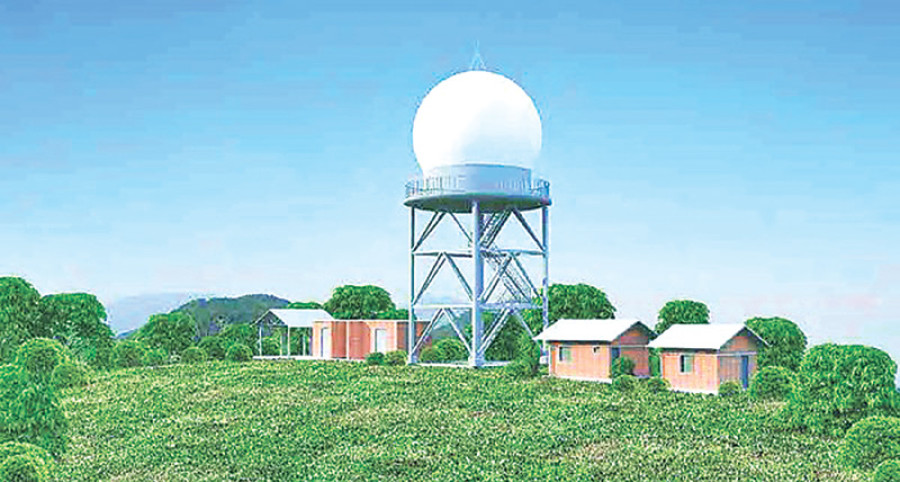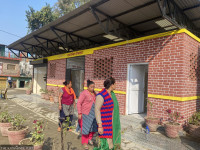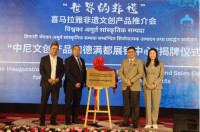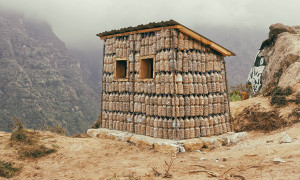Money
US, Korean authorities agree to test new radar
The US Federal Aviation Administration and the Korea Office of Civil Aviation have agreed to help Nepal in conducting flight inspection of the newly installed radar system
The US Federal Aviation Administration and the Korea Office of Civil Aviation have agreed to help Nepal in conducting flight inspection of the newly installed radar system at Bhatte Danda in Lalitpur as the Civil Aviation Authority of Nepal (Caan) did not receive a single bidder even after global tenders were issued twice.
A technical test of the radar needs to be conducted with a special flight at an altitude of 43,000 feet. The test needs to be conducted on all the routes.
The next-generation Mode S Monopulse Secondary Surveillance Radar (MSSR) is an en-route surveillance system that can track aircraft up to 200 nautical miles. Its reach extends up to Dang in the west, and the entire eastern, northern and southern parts of the country.
The radar was completed last July after four years of work. It is being put on test observation for eight hours daily. The Rs906-million project was funded by the Japan International Cooperation Agency (Jica) as part of the broader Tribhuvan International Airport (TIA) modernization project.
Caan had targeted bringing the new radar into operation by November last year, however, it was forced to push back the deadline after there were no takers for the flight inspection. Caan had also requested the civil aviation authorities of New Zealand and the United Kingdom for the flight inspection.
Caan Director General Sanjiv Gautam said that the civil aviation authorities of the two countries had responded positively. “Both authorities are ready to assist Nepal and have pledged a March deadline,” Gautam said.
“We will select one of the two authorities for the task after assessing their cost and distance factors,” he added. “However, a memorandum of understanding needs to be signed before moving ahead.” The Caan board has given the go-ahead to the plan.
Gautam said that if the flight inspection is completed by March, the radar can be put into operation on April 1. “We have earmarked Rs40 million for the flight inspection. However, based on the current estimate given by the two authorities, it is expected to cost Rs15 million.”
A ground test of the radar system has been conducted. According to Caan, the ground test was conducted for 360 hours and it was a success. More than 40 air traffic controllers have received training to operate the new radar system. The project was originally planned to be completed by 2015. However, the earthquake and monsoon delayed progress. It was further held up by a severe fuel crisis caused by India’s economic blockade of Nepal.
The MSSR ensures high performance to improve reliability and safety of air transport. Once the new system is installed, the radar will monitor small aircraft flying domestic air routes and international aircraft flying at high altitudes.
The radar also provides information about flight movement right from the time an aircraft lands to the time it takes off besides weather conditions, aircraft identity and altitude. Installation of a secondary radar was proposed in 1994 when the existing radar was installed, but the plan was forgotten due to multiple reasons.




 6.12°C Kathmandu
6.12°C Kathmandu













